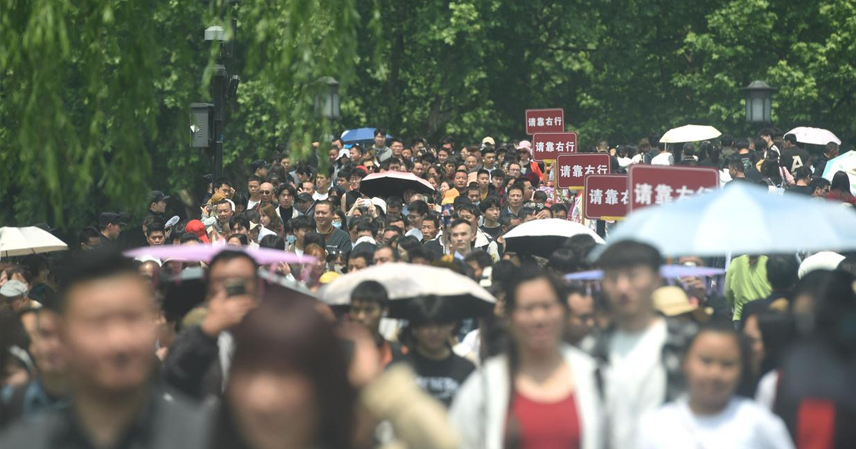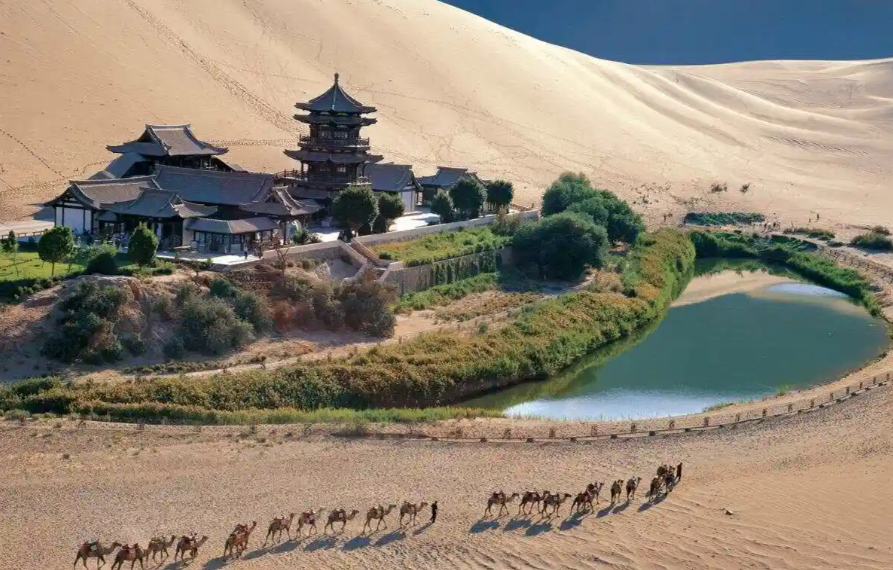In recent years, reverse tourism has surged as a go-to escape for millennials and Gen Z, ditching packed landmarks for obscure villages and counties where solitude reigns. This shift promises genuine downtime amid serene landscapes. During China’s 2025 National Day holiday, county-level hotel bookings spiked over 90% year-on-year in non-tier-one cities, with more than 30% of destinations seeing doubled popularity. Young travelers are evolving from checklist sightseeing to immersive, soul-soothing journeys. But what draws them to these under-the-radar spots, and how can small towns turn one-time visitors into loyal fans?
The Pull of Reverse Tourism: Seeking Solace Over Spectacle
Young people’s pivot to reverse tourism isn’t a fad—it’s a backlash against overtouristed hotspots where throngs erode the fun. Overcrowded sites deliver subpar vibes, pushing quality-focused adventurers toward uncrowded havens.
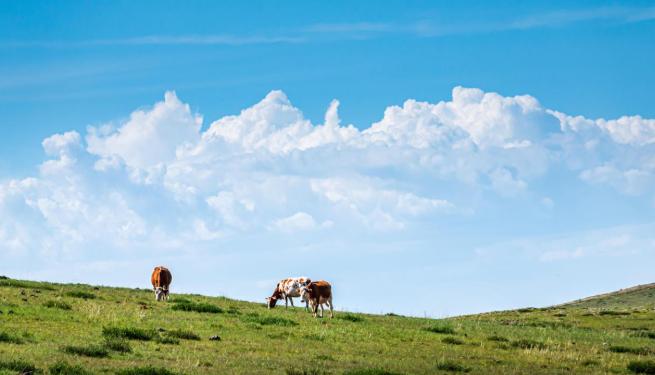
Social media accelerates the discovery: Platforms like Douyin (TikTok’s Chinese twin) spotlight hidden gems, transforming Sichuan’s Weiyuan karst formations or Jiangxi’s Longnan tulou earthen fortresses from locals-only secrets into viral must-sees. Data shows over 80% of young Chinese travelers source trip ideas from short-video apps, favoring self-guided explorations over rigid tours.
At its core, reverse tourism feeds a craving for mental unwind. Urban hustle breeds burnout; sprawling in a meadow or wandering rural paths offers therapeutic release. This move from “racing through sights” to “savoring moments” captures the trend’s essence, aligning with broader 2025 shifts toward experiential, low-key getaways.
Yet motivation alone won’t sustain it—small towns must leverage their assets to shine.
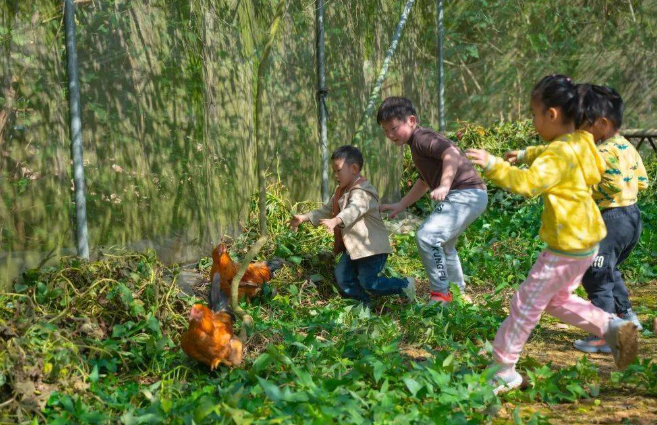
Crafting Irresistible Allure: Small Towns’ Secret Sauce
To stand out in China’s booming tourism market, small locales skip aping megacities, instead amplifying authentic edges. Shenyang’s Kangping County weaves “mountains, waters, forests, fields, lakes, grasslands, and sands” into tailored eco-routes—think crab-hunting in paddies or birdwatching by shores—for unfiltered rural immersion.
Jiangxi’s Longnan leans into its “World Tulou Capital” Hakka heritage, boasting 90% hotel occupancy during peaks, proving cultural depth’s draw. Some innovate via hybrids: Rizhao’s Antai Tennis Park blends seaside courts—clay fields, ocean views—with pro amenities, luring locals and out-of-towners alike for active respites.
By fusing sports, heritage, and nature, these spots forge inimitable experiences—hard for rivals to duplicate.
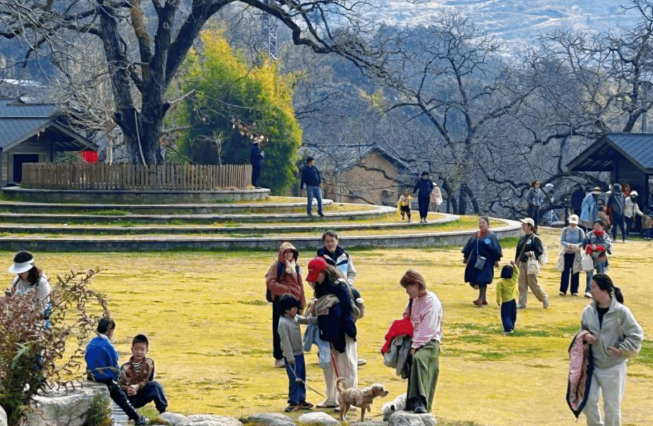
Turning Visitors into Regulars: The Retention Game
Drawing crowds is step one; delighting them seals loyalty. Gripes often hit basics: Affordable off-season stays balloon in holidays, but shoddy linens or spotty cleanliness sour moods. Associations could rally homestay owners for standardized sanitization and “hygiene badges,” building credibility and buzz.
Culinary pitfalls loom too—fresh local fare shines, but prepped shortcuts flop. Spotlight farm-to-table demos to educate and entice, blending flavor with folklore.
Beyond eats and sleeps, refresh offerings to spark repeats: Seasonal festivals or workshops evolve one-off trips into habits. Small-town tourism development demands grit—not just natural gifts, but proactive polish.

A Shift Toward Quality: Reverse Tourism’s Broader Ripple
Reverse tourism signals China’s travel industry maturing from volume chases to value-driven vibes, targeting youth’s “chill-out, dive-deep” mindset. No need for flashy overhauls; focus on crisp stays, authentic eats, and engaging activities to make passersby pause—and return. When small towns evoke homely comfort laced with poetic novelty, they transcend pit stops, becoming cherished soul sanctuaries.
References
- China Daily: National Day holiday tourism report (October 2025).
- Skift: China’s outbound travel categories (June 2025).
- Forbes: Travel Trends Report 2025 on Untouched Tourism (December 2024).
- Xinhua: Rustic charm trending in rural China (May 2025).
- Meltwater: Social Media Statistics for China (September 2025).

